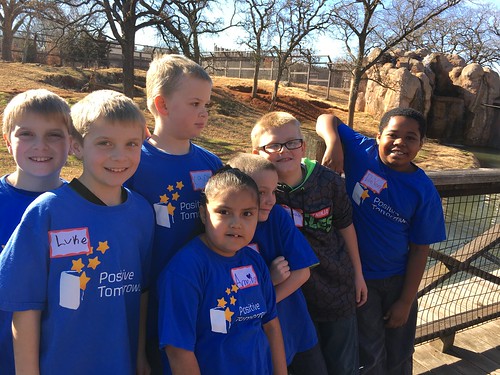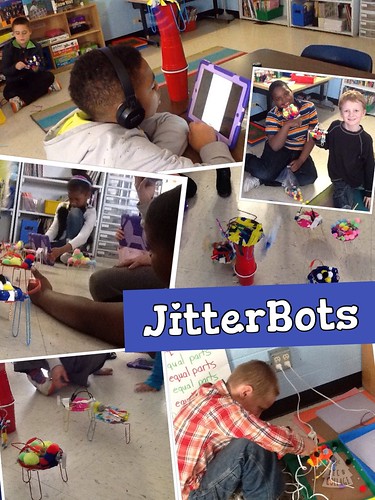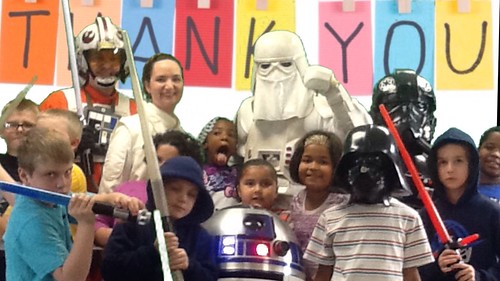One of the hardest things about teaching at a school with a high turnover rate, and working with students who generally don’t stay more than one year at school, is preparing students to move to other schools. It is also challenging to prepare myself for these transitions. Last week I lost three students. Sometimes we get to say goodbye, but a lot of times we don’t. Within the homeless population, moving from school to school is a very common experience.
Lately our morning meetings have taken on the question, “What do you do when you’re the new kid?” Also, “How do we help others fit in when they are new?” “What does it look like to welcome a new student into our class?”
Being a new kid in our class is definitely an adjustment. When you walk into a classroom where there are not many desks, it takes some work to get comfortable. It’s cool to get your own iPad, but things can quickly get overwhelming with the number of different usernames and passwords my students have to use, as well as the new procedures they have to learn.
One of the first things we do is assign each new student a “buddy.” They follow the student to their different learning stations, and the partner is responsible for familiarizing the new student with their iPad.
Part of our classroom culture is that “we are all teachers” and “we are all responsible for our learning.” This means we help each other and are not afraid to ask for help. We work together, and regularly practice collaboration skills. For many students who have typically seen the teacher as the source of knowledge and instructions in the classroom, this can be a difficult adjustment. I am often not the person who answers questions for students. I help direct students to others in our classroom who can serve as “experts” and help them learn, but I am intentional about not always providing the answers. I want my students to learn to become self-directed as well as collaborative in their learning. These are behaviors that do not come naturally for all students, and can often be difficult because in “traditional school” we sometimes condition students to always wait for more instructions from the teacher before doing anything more. That is definitely NOT our classroom culture in Room 108.
Our morning meetings are some of the most important parts of our day to have conversations and deep discussions. Lately I find myself asking my students, “How do you make new friends?” “Who do you make new friends with?” “How do build a relationship with your new teacher?”
There are many different answers to these questions. My kids have learned it’s important to hang out with smart people. They need to look for the smartest kid in their new class, and sit next to them so they can make friends with them. Making friends with smart kids and getting to hang out with them is important.
Part of the culture of our classroom is, “We all are smart. We all love learning. We can all learn and we can all teach.” Much of this comes from the fact that my students have opportunities to be in charge of their own learning. Amazing things can happen when kids are empowered to do this.
Sometimes my students have to adapt and adjust to the content they are learning or need to learn. We frequently talk about how important it is NOT to be afraid to ask for help: from the teacher or from other students.
As we move into the last few months of school, I love the way the students in my class approach learning each day. They have become very independent, and have become comfortable making choices. I know they love our classroom, and it saddens me to think about them having to leave such a supportive, positive environment. I hope, however, they will leave our school better prepared to face the uncertainties and transitions which inevitably lie ahead for them.



